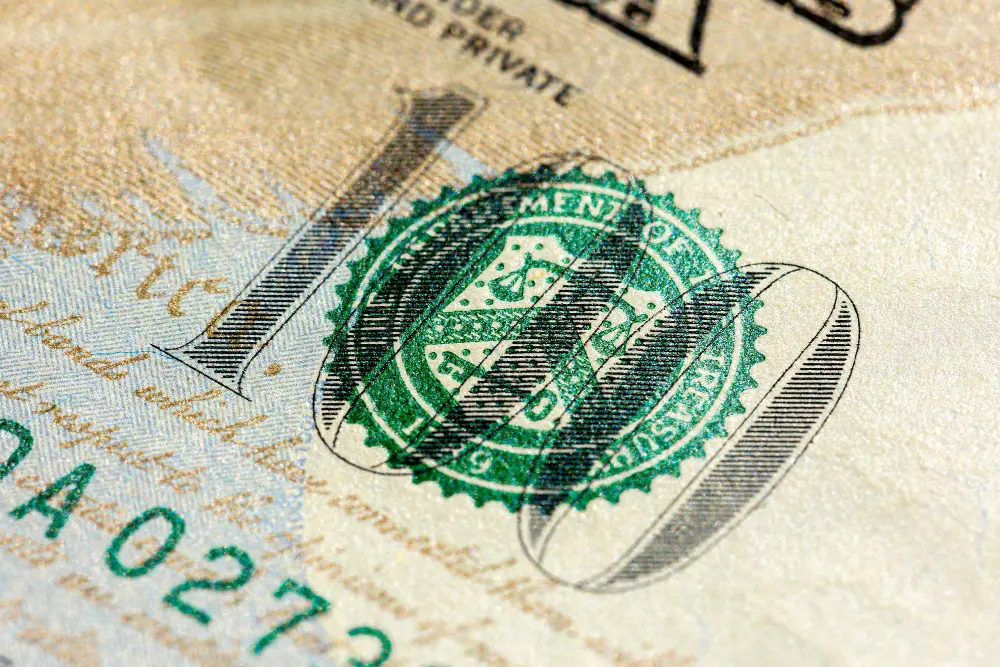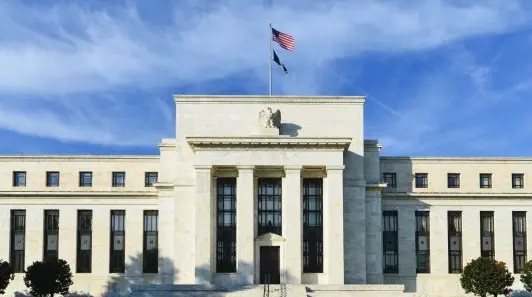USD: Stronger bearish case after CPI report
Yesterday’s US CPI release turned out to be a dollar-negative event. Core inflation accelerating to 3.1% YoY and 0.33% MoM is far from ideal, but equally not alarming enough to overshadow the deterioration in the jobs market. So, the September Fed cut remains firmly priced in (23bp) along with another 35bp by year-end. At this stage, the dollar has few bullish arguments to hold onto. Upcoming surveys might paint a better activity picture, but it's all about the jobs market now: a substantial recovery in the dollar from these levels appears realistic only if jobs figures turn significantly stronger.
On the topic of jobs data, it was reported yesterday that the new chief of the Bureau of Labor Statistics, EJ Antoni, is considering switching from monthly to quarterly payroll reports during a methodology review period. It’s hard to gauge exactly how seriously markets are taking this threat: the reaction has been muted. We think the downside risks for the dollar are substantial should the BLS go ahead with the frequency change.
Today, there are no data releases to monitor in the US. The proximity to the Trump-Russia summit on Friday and recent reassessment of the chances of an imminent ceasefire mean the dollar may not fall much further for now.
EUR: ZEW confirms poor trade deal reception
The ZEW surveys published yesterday confirmed the poor reception of the US-EU trade deal in the EU. The “expectations” gauge in Germany is back to 35, in the eurozone to 25, both the lowest since May.
However, markets aren’t giving the surveys too much weight, and pricing for the ECB December meeting has crept closer to -10bp from -15bp last week. We continue to see this pricing as too conservative and a potential vulnerability for the euro moving on. But that is unlikely to play out over the next couple of weeks and should be overshadowed by the Fed story.
EUR/USD’s bullish case is stronger after yesterday’s US inflation report. However, a break above might be delayed until after the Trump-Putin meeting on Friday.
RON: Inflation unexpectedly jumps ahead of the first fiscal hit
Yesterday's inflation release in Romania surprised significantly on the upside, rising from 5.7% to 7.8% YoY and exceeding all market estimates. Although the main reason was a larger-than-expected jump in energy prices following the removal of the price cap, this is still a reason for our economists to revise their forecasts upwards. August, September, and October should bring further inflation increases due to higher taxes, including VAT, as part of the consolidation package. Therefore, inflation should peak just below 10% in our new forecast (compared to our previous peak forecast of 8.2%). At the same time, double-digit inflation cannot be ruled out during this period, and the year-end figure should thus settle around 9%.
Although yesterday's surprise in inflation does not mean rate hikes by the central bank, the overall picture looks a bit worse than before. Of course, the source of inflation is clear and should be a one-off. On the other hand, we will see inflation close to 10% over the next 12 months, which may affect inflation expectations. The "good news" is that the economy does not have the strength to generate inflationary pressures at the moment, so the central bank is not expected to respond to these figures for now. On the other hand, we believe that higher inflation leaves the RON market exposed in the event of fiscal problems.
The market is still waiting for budget execution figures that would confirm that Romania is on track to reduce its deficit. Yesterday's fading of the initial sell-off in Romanian bonds suggests that the market still has high confidence in consolidation efforts. However, this may change if the figures show the opposite. At the same time, Romania is trading close to Hungarian bonds with significantly lower inflation and public finance deficits. Therefore, the risk seems asymmetrical in the event of potential problems.
CEE: The market adjusts expectations regarding Friday's negotiations
On Monday and Tuesday, the region saw some fading of positive sentiment from US-Russian talks, and the market is correcting some of last week's gains in CEE FX. With mostly second-tier data this week, attention is mainly on the global story, and the market seems to be lowering its expectations for the outcome of Friday's talks. It seems that the market has slightly overestimated the outcome, and the risk is becoming more symmetrical again, but still biased towards losses in case of a collapse in negotiations.
As we mentioned in our Monday note, we see some divergence in the CEE region for this story. On the one hand, there are the HUF and PLN, which are benefiting solely from positive market sentiment. On the other hand, there is the CZK, which has a hawkish central bank on its side, and FX gains are accompanied by a movement in the interest rate differential. That is why we defined CZK gains on Monday as more permanent, which the market's behaviour suggests is a true hypothesis.
Of course, only the outcome of the negotiations will be another driver in the region, and Wednesday and Thursday should be quiet. However, fair values for EUR/PLN and EUR/HUF based on rates seem to be somewhere around 4.280 and 399-400. This suggests still decent upside if the negotiations collapse, while the downside would only be more tangible if we get some solid results. EUR/CZK, on the other hand, should maintain its current levels in both cases.















































































